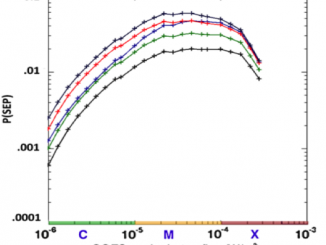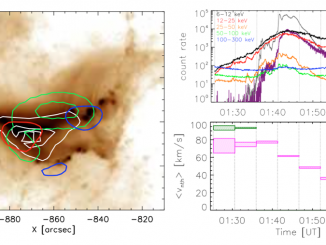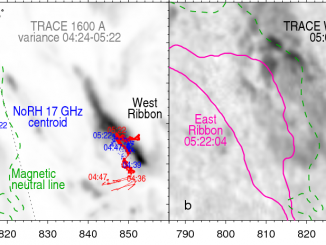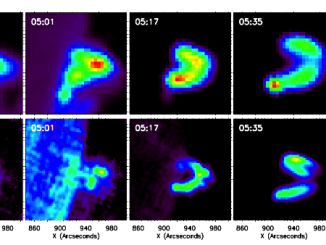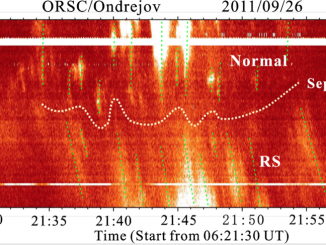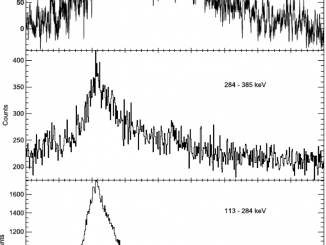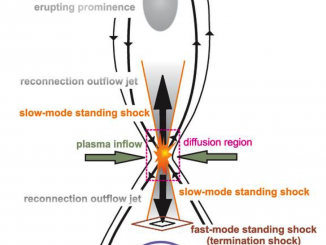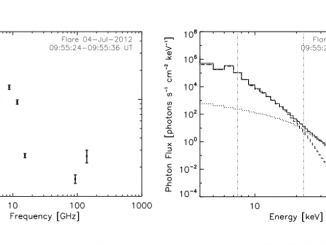Predicting Flares and Solar Energetic Particle Events: The FORSPEF Tool
by A. Anastasiadis et al.*
A novel operational open-access forecasting system that provides reliable forecasting and nowcasting of solar energetic particle (SEP) events, as well as forecasting of solar flares (SFs) based on precursor information, is presented. FORSPEF offers continuous forecasts and nowcasts of SFs and SEP events, up to 70◦ E/W covering practically the entire course of an active-region (AR) toward the limb (up to ~85◦). The prediction window in the forecasting scheme is […]

